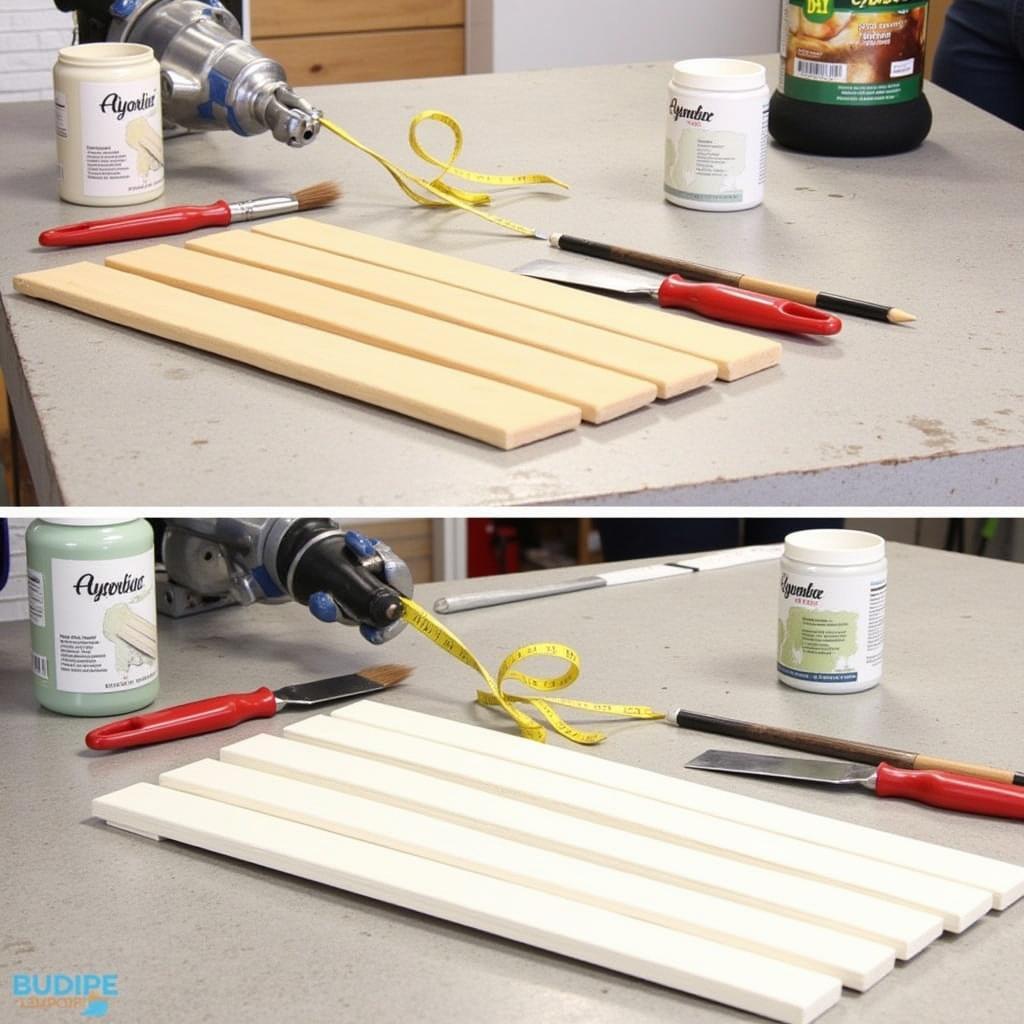Mastering Scenery Art Painting: A Journey into Evocative Landscapes
The world around us is brimming with breathtaking landscapes, each whispering silent stories of nature’s artistry. Scenery Art Painting, in its many forms, allows us to capture these fleeting moments of beauty, translating the awe-inspiring grandeur of nature onto canvas. Whether you’re drawn to the vibrant hues of a sunset over rolling hills or the serene stillness of a mist-shrouded forest, this journey into the world of scenery art will equip you with the tools and techniques to transform your artistic vision into reality.
Choosing Your Perspective: Finding Inspiration in the Everyday
The first step in any scenery art painting is finding inspiration. While exotic locales and dramatic vistas offer undeniable allure, beauty can be found in the most unexpected places. Your own backyard, a local park, or even a simple potted plant can become a source of artistic inspiration. The key is to approach your surroundings with fresh eyes, noticing the play of light and shadow, the textures of bark and foliage, the subtle shifts in color as the sun moves across the sky.
Remember, you don’t need to replicate a scene exactly. Instead, focus on capturing the essence of what you see, the feeling it evokes within you. Perhaps a familiar street corner, bathed in the golden glow of twilight, transforms into a scene of urban magic. Or maybe the quiet serenity of a dew-kissed meadow becomes a meditation on tranquility. Trust your instincts and allow your unique perspective to guide your artistic choices.
Essential Tools for Scenery Art Painting: From Canvas to Color Palette
Once you’ve found your inspiration, it’s time to gather your artistic arsenal. The world of scenery art painting offers a diverse range of mediums, each with its own unique properties and effects. Watercolor, with its delicate washes and ethereal blends, is perfect for capturing the atmospheric qualities of landscapes. Acrylics, known for their versatility and quick drying time, allow for both detailed work and bold, expressive strokes. Oil paints, cherished for their rich pigmentation and ability to be layered and blended, offer a timeless elegance to scenery art.
Beyond your chosen medium, consider the surface you’ll be painting on. Canvas, available in various textures and sizes, is a classic choice for its durability and versatility. Watercolor paper, specifically designed for its absorbency and texture, is ideal for capturing the fluidity of water-based mediums. Experiment with different surfaces and mediums to discover what resonates best with your artistic style and the demands of your chosen scenery.
Composition and Perspective: Guiding the Viewer’s Eye
A compelling scenery art painting doesn’t just replicate a scene; it tells a story. Composition and perspective are the tools you use to craft that narrative. Think about the message you want to convey and use compositional elements to guide the viewer’s eye through your painting.
The rule of thirds, a fundamental principle in art and photography, suggests dividing your canvas into nine equal parts using two horizontal and two vertical lines. Placing your focal points at the intersections of these lines creates a sense of balance and harmony. Leading lines, whether it’s a winding path, a flowing river, or the converging lines of a distant mountain range, can draw the viewer’s gaze deeper into the scene. Don’t be afraid to experiment with different perspectives, playing with high and low vantage points to create a sense of depth and dimension in your work.
Capturing Light and Shadow: Breathing Life into Your Landscapes
One of the most crucial aspects of scenery art painting is understanding how light interacts with the environment. Light has the power to transform a scene, highlighting textures, casting shadows, and influencing the overall mood of your painting. Observe how light falls on your chosen scenery throughout the day, noting how it changes the colors, shapes, and overall atmosphere.
When painting, think about your light source and how it affects the objects in your scene. Use lighter values and warmer hues to depict areas bathed in sunlight, while cooler tones and darker values create a sense of shadow and depth. Don’t be afraid to exaggerate highlights and shadows to create a more dramatic effect. Remember, capturing the interplay of light and shadow is what will ultimately bring your scenery art painting to life.
Conclusion: Embracing the Journey of Scenery Art Painting
kauai art offers endless possibilities for artistic exploration. From the majestic mountains of jamaica wall art to the charming scenes found on a monadnock art tour, the world is your canvas. Remember, the most important aspect of scenery art painting is to enjoy the process. Allow yourself to be fully present in the moment, embracing the joy of translating nature’s beauty onto your canvas. Whether you’re a seasoned artist or just starting your creative journey, scenery art painting offers a rewarding and fulfilling way to connect with the world around you, capturing its essence and sharing your unique perspective through the language of art.


